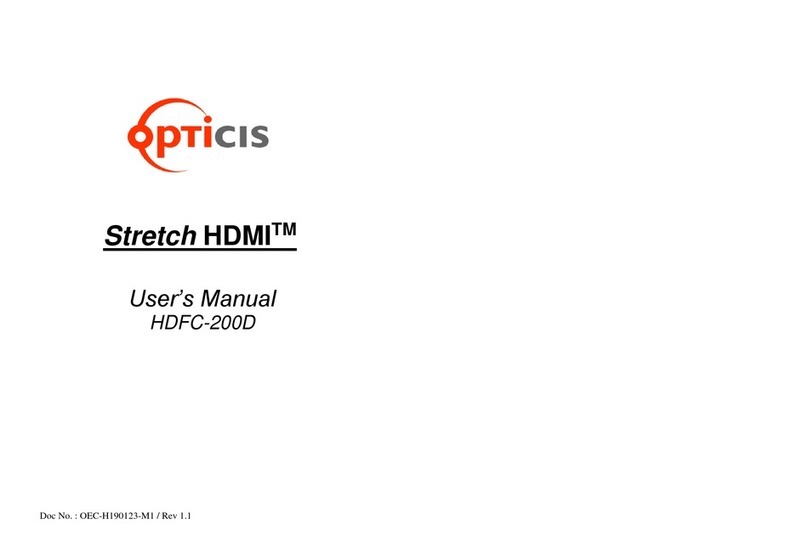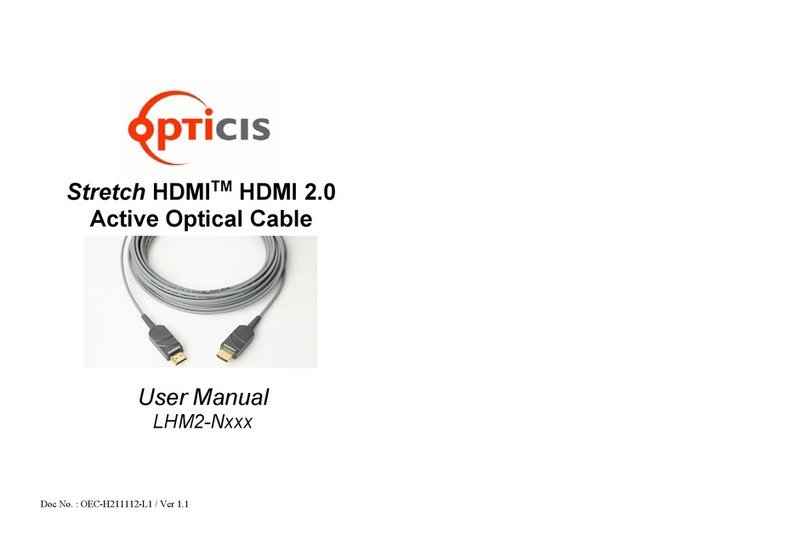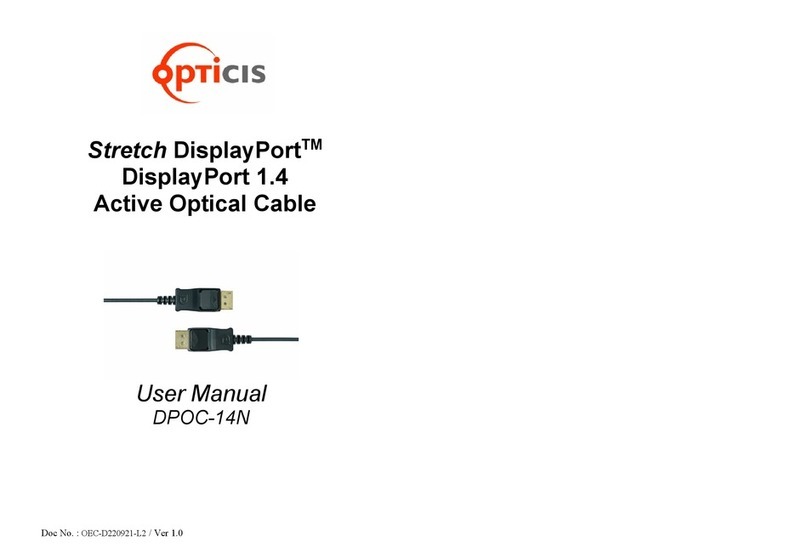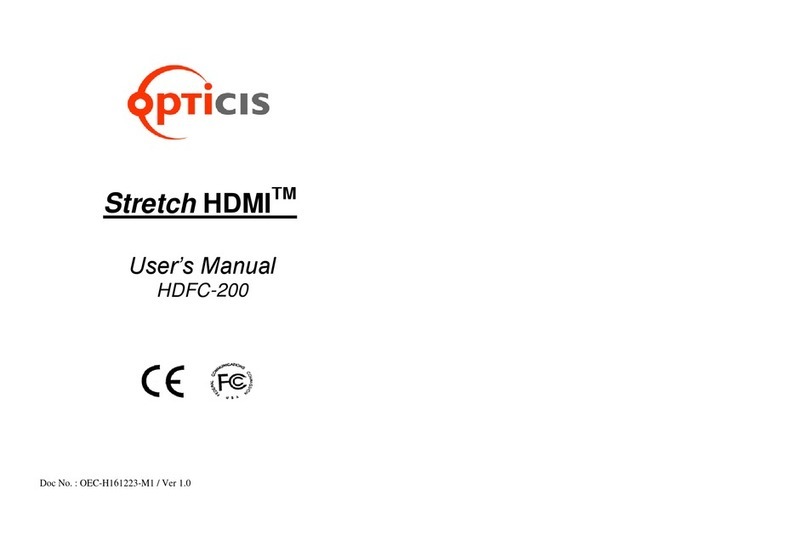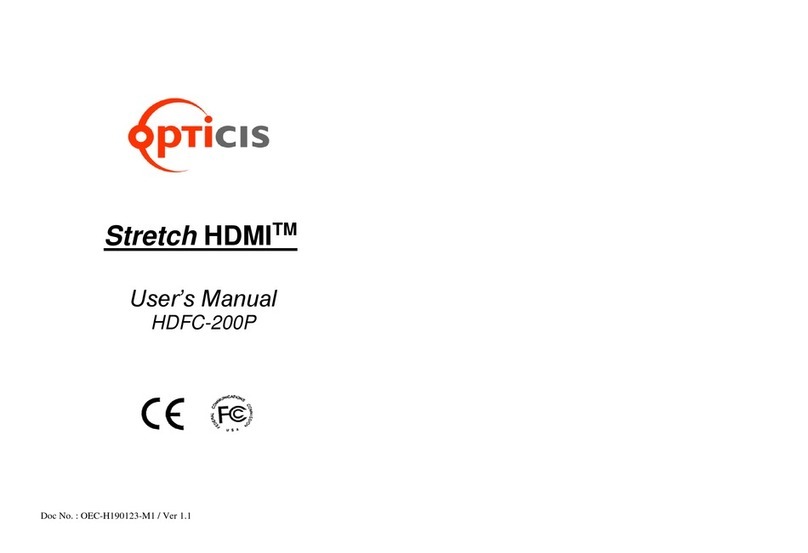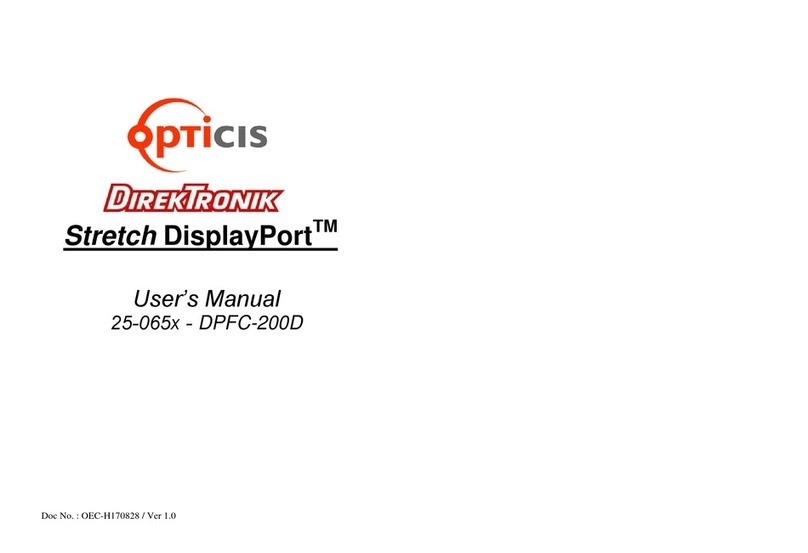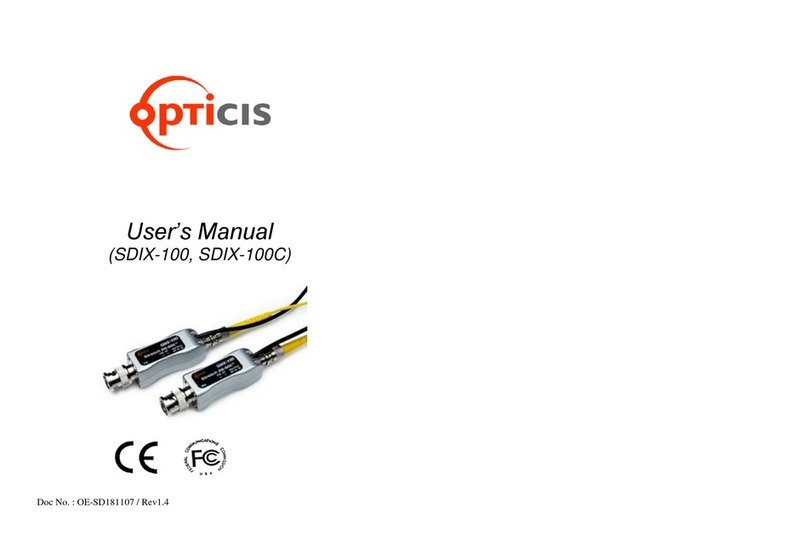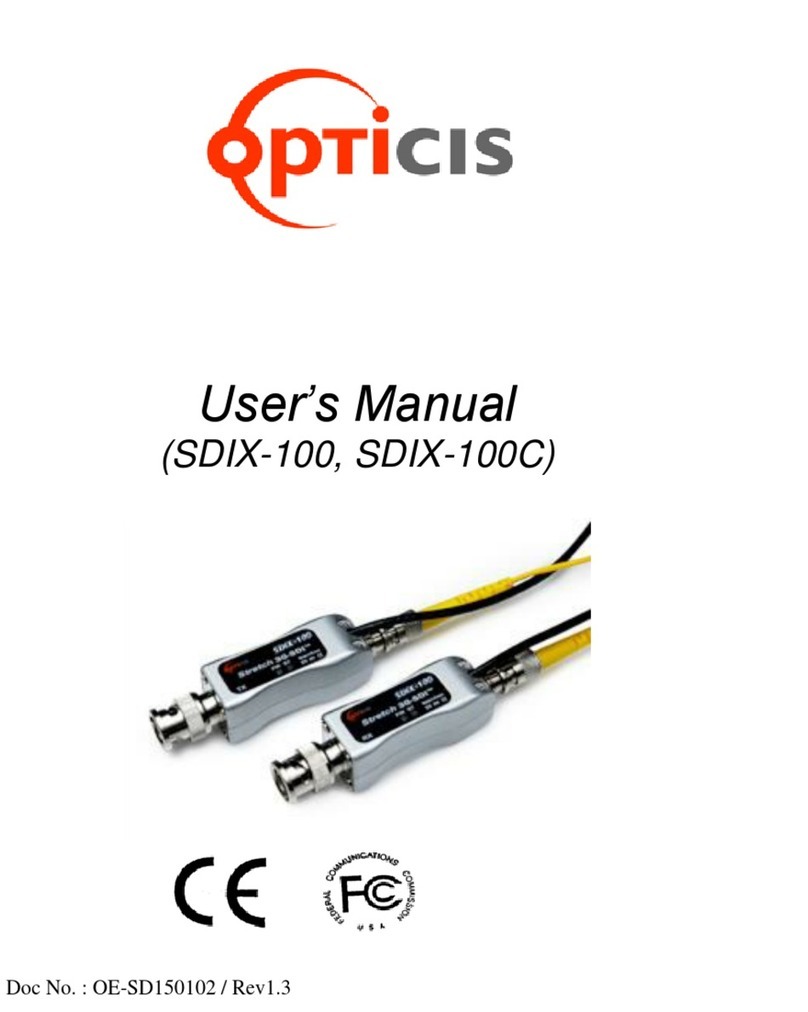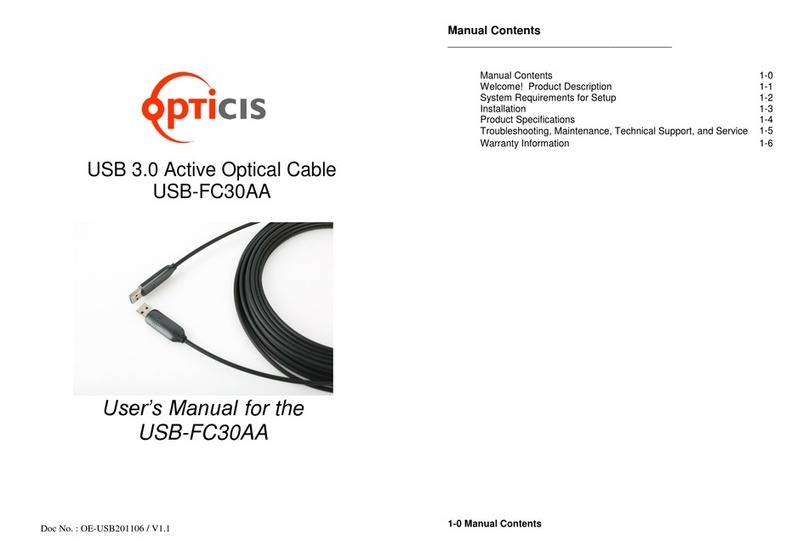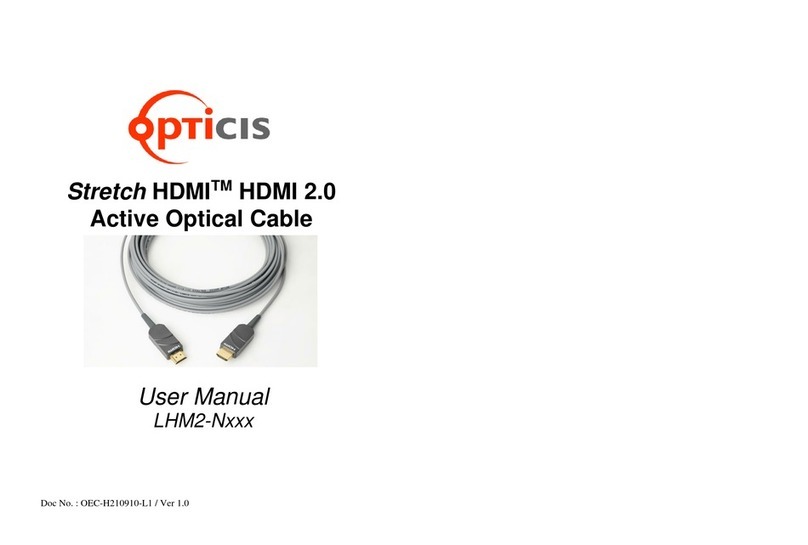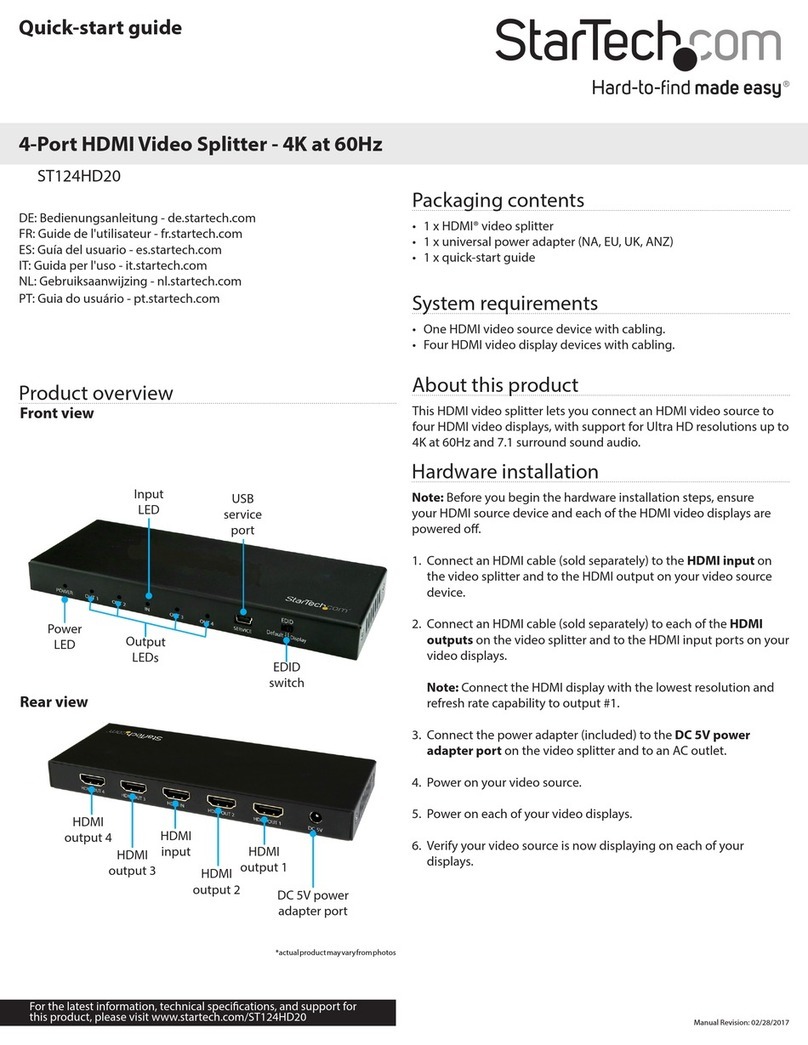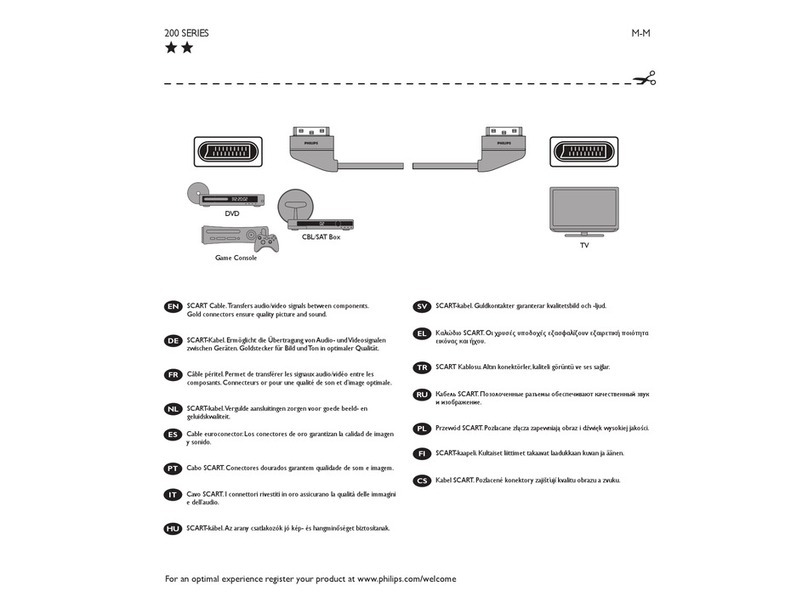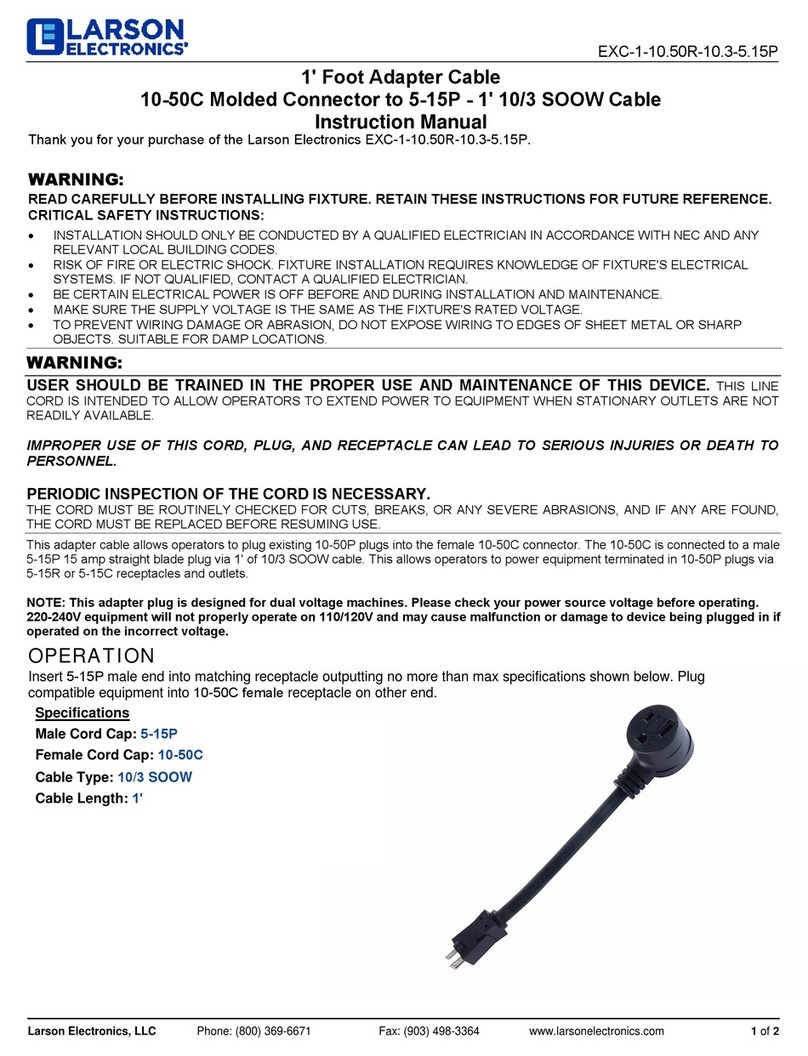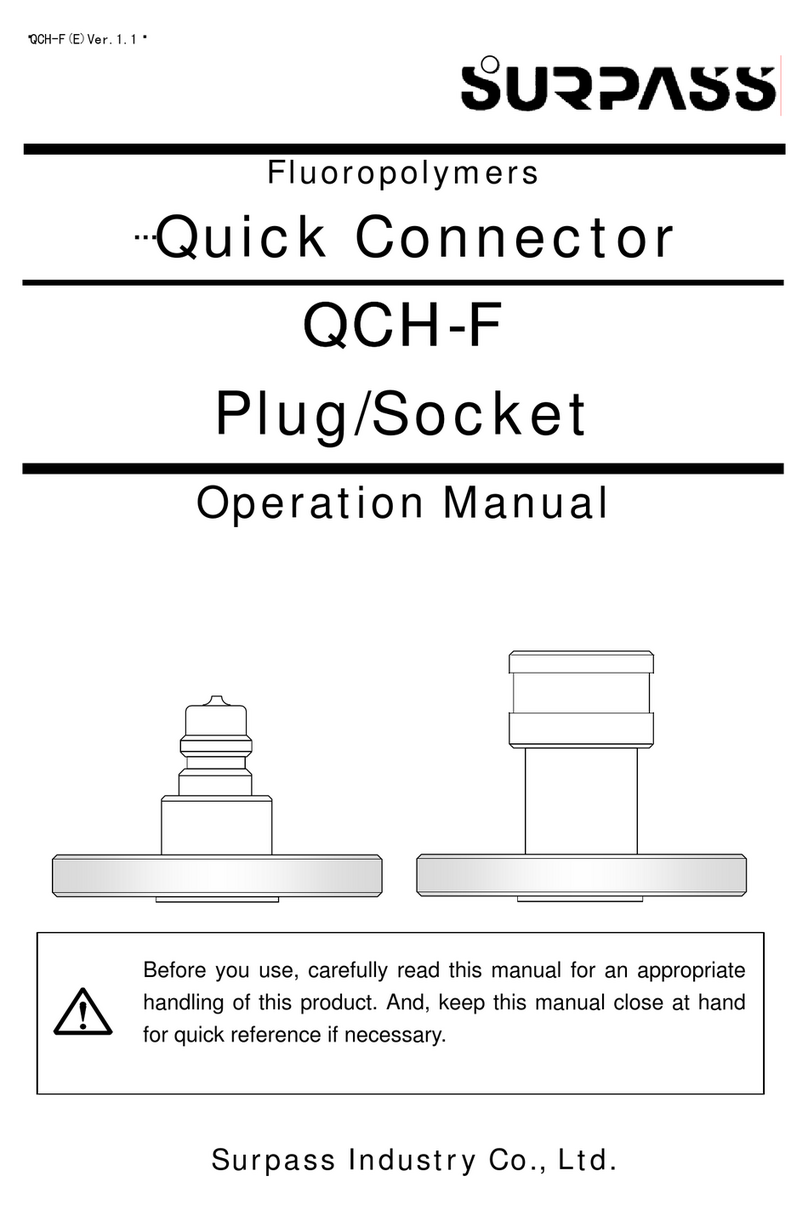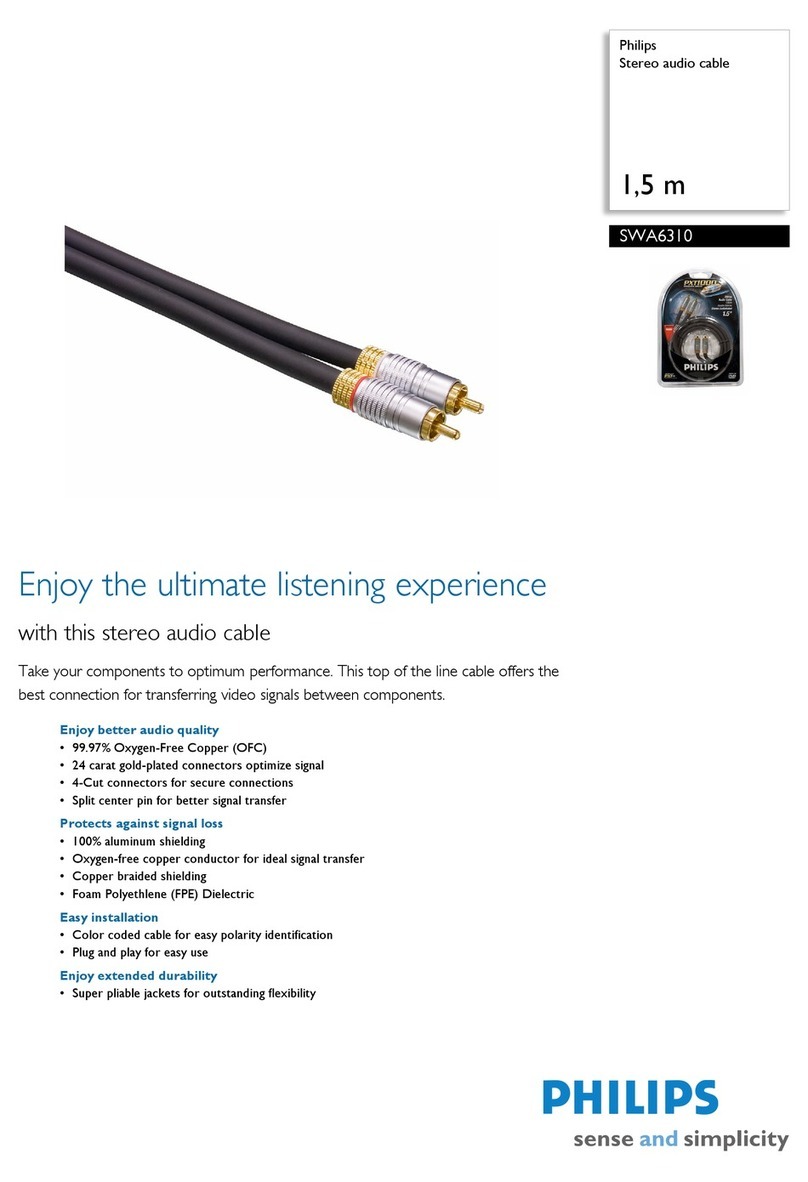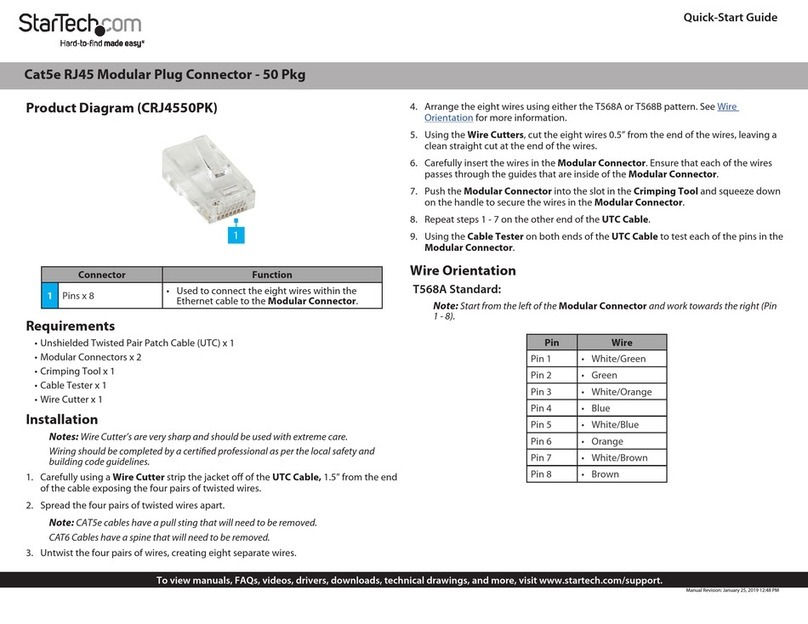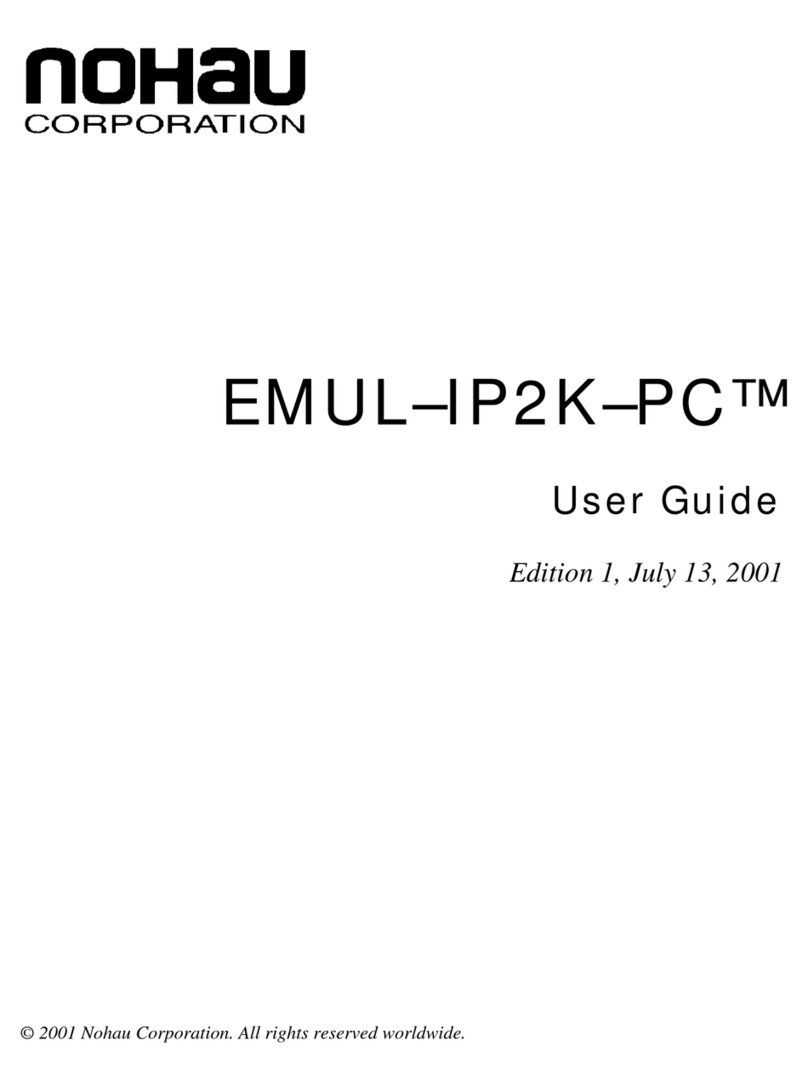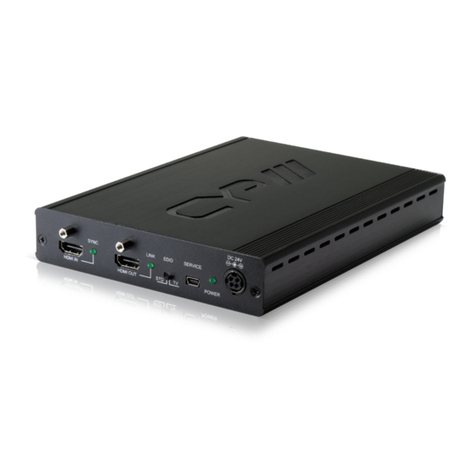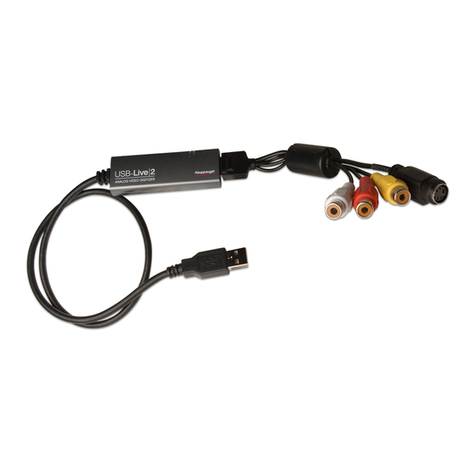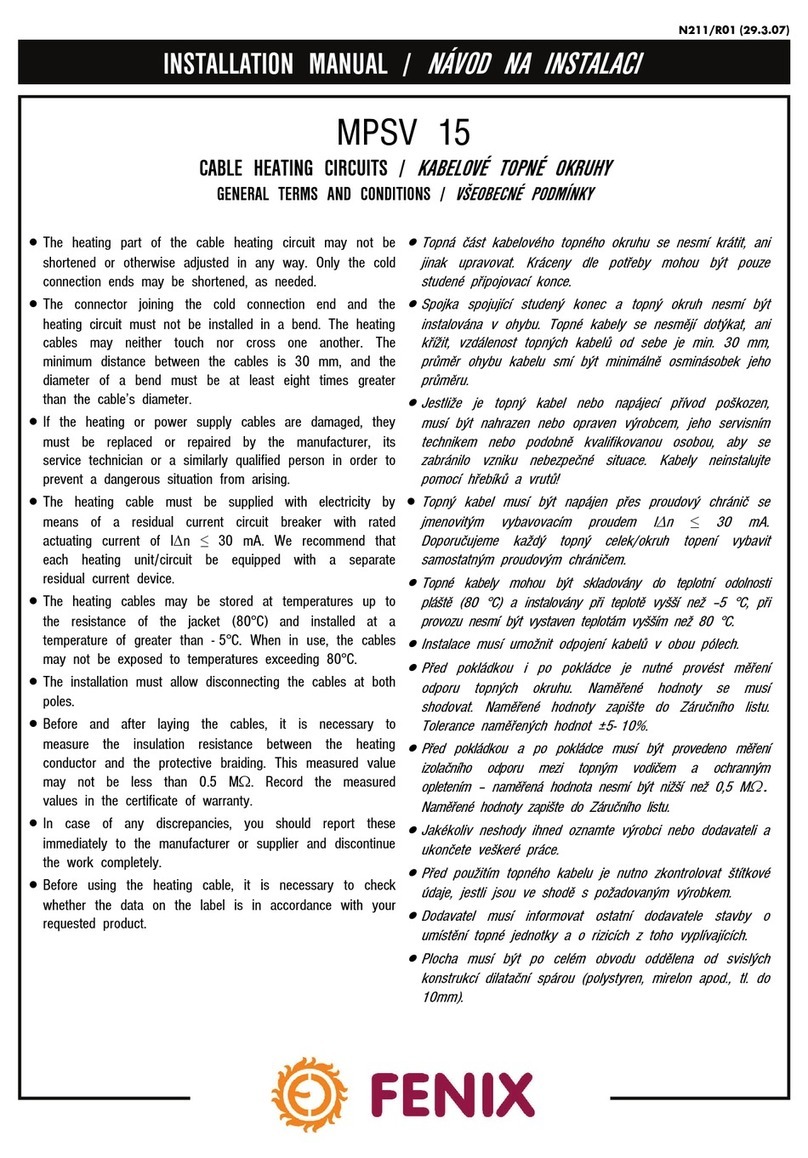
Guidance and Manufacturer’s Declaration
Guidance and Manufacturer’s Declaration – Electromagnetic Emissions
This Device is intended for use in the electromagnetic environment specified below. The user of the Device
should assure that it is used in such an environment.
Electromagnetic Environment - Guidance
RF Radiated
Emissions
CISPR 11
This Device uses RF energy only for its internal function.
Therefore, its RF radiated emissions are very low and are not
likely to cause any interference in nearby electronic equipment.
RF Conducted
Emissions
CISPR 11
This Device is suitable for use in all establishments other than
domestic and those directly connected to a low-voltage power
supply network which supplies buildings used for domestic
purposes.
Harmonic Emissions
IEC 61000-3-2
Voltage
Fluctuations/Flicker
Emissions
IEC 61000-3-3
Guidance and Manufacturer’s Declaration – Electromagnetic Immunity
This Device is intended for use in the electromagnetic environment specified below. The user of the Device
should assure that it is used in such an environment.
Electromagnetic Environment -
Guidance
Electrostatic
Discharge (ESD)
IEC 61000-4-2
Floors should be wood, concrete
or ceramic tile. If floors are
covered with synthetic material,
the relative humidity should be at
least 30%.
Electrical Fast
Transient/Burst
IEC 61000-4-4
±2 kV for power supply
lines
±1 kV for input/output
lines
±2 kV for power
supply lines
±1 kV for input/output
lines
Mains power quality should be
that of a typical commercial or
hospital environment.
±1 kV differential mode
±2 kV common mode
±1 kV differential
mode
±2 kV common mode
Mains power quality should be
that of a typical commercial or
hospital environment.
Voltage Dips, Short
Interruptions and
Voltage Variations
on Power Supply
Input Lines
IEC 61000-4-11
<5 % UT
(>95 % dip in UT)
for 0.5 cycle
40 % UT
(60 % dip in UT)
for 5 cycles
70 % UT
(30 % dip in UT)
for 25 cycles
<5 % UT
(>95 % dip in UT
for 5 sec
<5 % UT
(>95 % dip in UT)
for 0.5 cycle
40 % UT
(60 % dip in UT)
for 5 cycles
70 % UT
(30 % dip in UT)
for 25 cycles
<5 % UT
(>95 % dip in UT
for 5 sec
Mains power quality should be
that of a typical commercial or
hospital environment.
If the user of the device requires
continued operation during power
mains interruptions, it is
recommended that the device be
powered from an uninterruptible
power source.
Power Frequency
(50/60 Hz)
Magnetic Field
IEC 61000-4-8
Power frequency magnetic fields
should be at levels characteristic
of a typical location in a typical
home or hospital environment.
1-11 Regulatory Statements
Guidance and Manufacturer’s Declaration
Guidance and Manufacturer’s Declaration –Electromagnetic Immunity
This Device is intended for use in the electromagnetic environment specified below. The user of the
Device should assure that it is used in such an environment.
Electromagnetic Environment
- Guidance
Conducted RF
IEC 61000-4- 6
Radiated RF
IEC 61000-4-3
3 Vrms
150 kHz to 80 MHz
3 V/m
80 MHz to 2.5 GHz
Portable and mobile RF commu
nications equipment should be
used no closer to any part of th
e Device, including cables, than
the recommended separation di
stance calculated from the equa
tion applicable to the frequency
of the transmitter.
Recommended Separation
Distance
d = 1.2√P
d = 1.2√P (80 MHz to 800 MHz)
d = 2.3√P (800 MHz to 2.5
GHz)
Where P is the maximum output
power rating of the transmitter i
n watts (W) according to the tra
nsmitter manufacturer and d is t
he recommended separation di
stance in meters (m).
Field strengths from fixed RF tr
ansmitters, as determined by an
electromagnetic site survey, sh
ould be less than the complianc
e level in each frequency range.
Interference may occur in the vi
cinity of equipment marked with
the following symbol:
Note 1: At 80 MHz and 800 MHz, the higher frequency range applies.
Note 2: These guidelines may not apply in all situations. Electromagnetic propagation is affected by
absorption and reflection from structures, objects and people.
a Field strength from fixed transmitters such as base stations for radio (cellular/cordless)
telephones and land mobile radios, amateur radio, AM and FM radio broadcast and TV
broadcast cannot be predicted theoretically with accuracy. To assess the electromagnetic
environment due to fixed RF transmitters, an electromagnetic site survey should be considered.
If the measured field strength in the location in which the Device is used exceeds the applicable
RF compliance level above, the Device should be observed to verify normal operation. If
abnormal performance is observed, additional measures may be necessary, such as re-
orienting or relocating the Device.
b Over the frequency range 150 kHz to 80 MHz, field strengths should be less than 3 V/m.
1-12 Regulatory Statements
